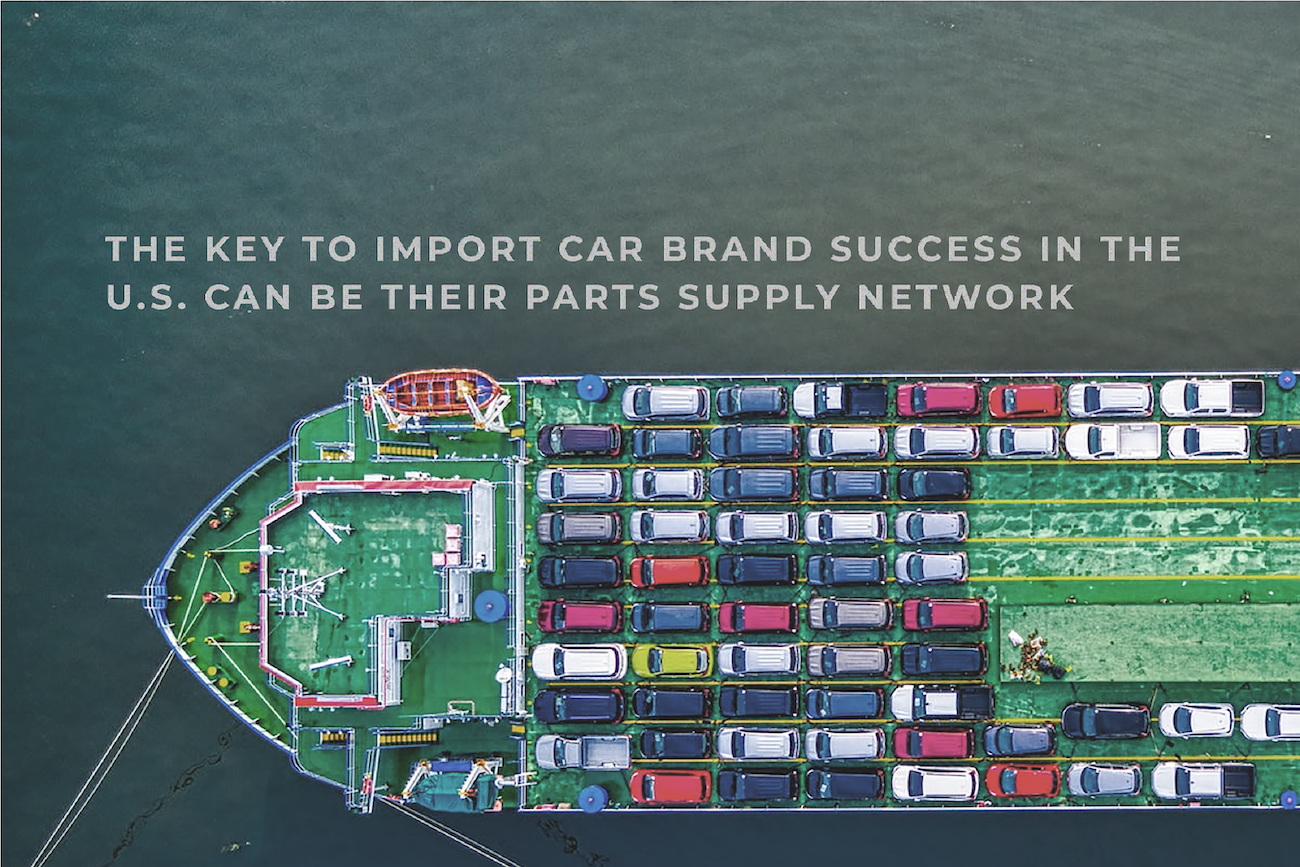The Key to Import Car Brand Success in the U.S. Can Be Their Parts Supply Network

I have always been intrigued by foreign brands entering the U.S. market. Each decade since the end of World War II seems to have a new country trying to enter the U.S. market, with varying results. In 1949, legendary car importer, Max Hoffman (who would later import Porsches and Jaguars) shipped two VW Beetles to the U.S. and started a phenomenon. VW focused on setting up a robust dealer network and advertised that their dealers carried enough parts in the parts department to build a Beetle from scratch. Other European brands entered in the 1960s: Fiat, Renault, and British Leyland were often sold through ‘import motors’ dealers who carried many brands in small numbers. The ‘Big Three’ imported European models of their brands, like the GM’s Opel, Ford’s Cortina and the Chrysler-owned French-built Simca and British-built Plymouth Cricket. Many dealers offered these cars for sale, but many car makers didn’t have requirements on stocking replacement mechanical parts, let alone collision parts. Volkswagen thought so much of their collision parts network that they had a 1965 ad picturing a Beetle with a dented fender, quoting the retail price of $24.95 for the fender, and saying dealers always had collision parts in stock.
In 1975, Toyota outsold VW for the first time in the U.S. after having developed a solid independent dealer network with a phenomenal parts supply network. Other entrants in the 1980s had various approaches to entering the U.S. market (remember Sterling, Daihatsu and Yugos?—all had poor parts networks in the U.S.), but the Hyundai model was the most successful. Launched on the west coast and expanding methodically to Texas, Hyundai initially sold large numbers of vehicles to rental companies and fleets, and monitored parts usage for both mechanical and collision parts. In the 2020s, the advent of full-electric vehicles has reduced the number of mechanical replacement parts that wear out and increased the focus on collision parts as the way to keep EVs on the road. Tesla, for example, still has a reputation for collision parts delays that has insurers worried about premiums. We look to be at the beginning of an EV revolution in new vehicle sales, with new EV entries from Ford, VW, and Mercedes, to name a few, launching several EV models this year. Each of these car makers has a robust dealer parts network and, presumably, sophisticated parts stocking models to supply collision parts. However, several Chinese carmakers, including Chery Automotive, have recently announced plans to import EVs and gas-powered vehicles next year. Will Chery Automotive (thankfully the vehicles will be named Vantas in the U.S.) be successful? Parts supply will be a large factor.

Greg Horn
Greg Horn is PartsTrader’s
Chief Innovation Officer.
